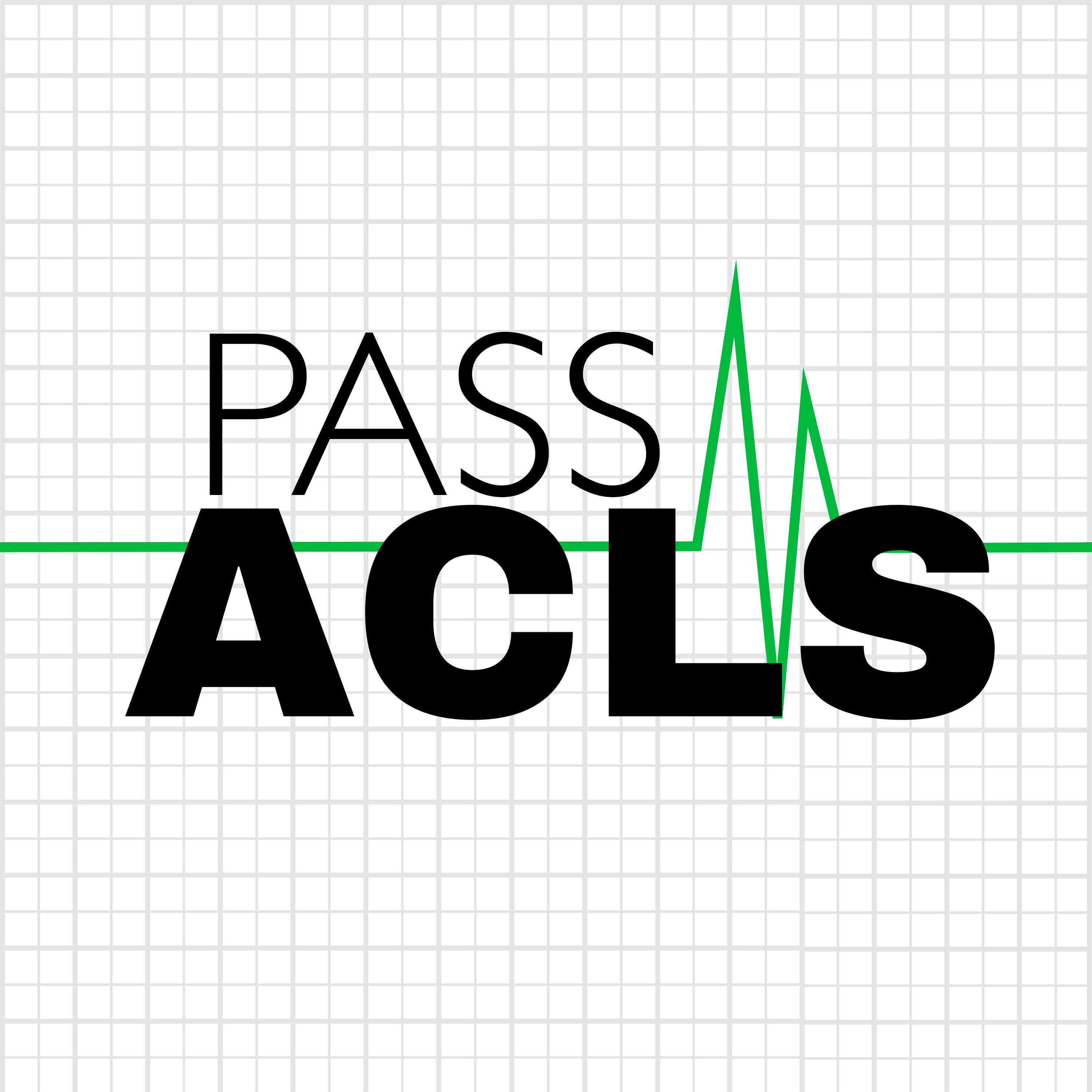Nasopharyngeal Airway (NPA) Review
Description
The tongue is the most common airway obstruction in an unconscious patient.
For patients with a decreased level of consciousness that can't control their airway, yet have an intact gag reflex, the nasopharyngeal airway (NPA) should be used as an alternative to the oropharyngeal airway (OPA).
Examples of when a NPA should be considered.
Contraindications and considerations for nasal airway insertion.
Measuring a nasal airway for appropriate length and diameter.
Insertion of a nasopharyngeal airway.
Patients with a NPA in place can receive supplemental O2, be ventilated with a BVM, have ETCO2 monitored, and have their upper airway suctioned as needed.
Connect with me:
Website: https://passacls.com
@PassACLS on X (formally known as Twitter)
@Pass-ACLS-Podcast on LinkedIn
Give back & help others. Your support will help cover the monthly cost of software and podcast & website hosting. Donations made via Buy Me a Coffee at https://buymeacoffee.com/paultaylor are appreciated.
Good luck with your ACLS class!
More Episodes
Hypothermic patients aren't dead until they are warm and dead.
When a patient’s core body temperature drops below 96.8 F (36 C), they are hypothermic. As the body’s temperature drops below 36 C, hypothermia may further be classified as moderate or severe:
Moderate if the patient’s body core...
Published 09/27/24
Published 09/27/24
Calcium is one of the ions that move across the cellular membrane during cardiac contraction and relaxation.
The primary use of calcium channel blockers in ACLS is for the treatment of stable, narrow complex tachycardias refractory to Adenosine and to lower the blood pressure of ischemic stroke...
Published 09/26/24


